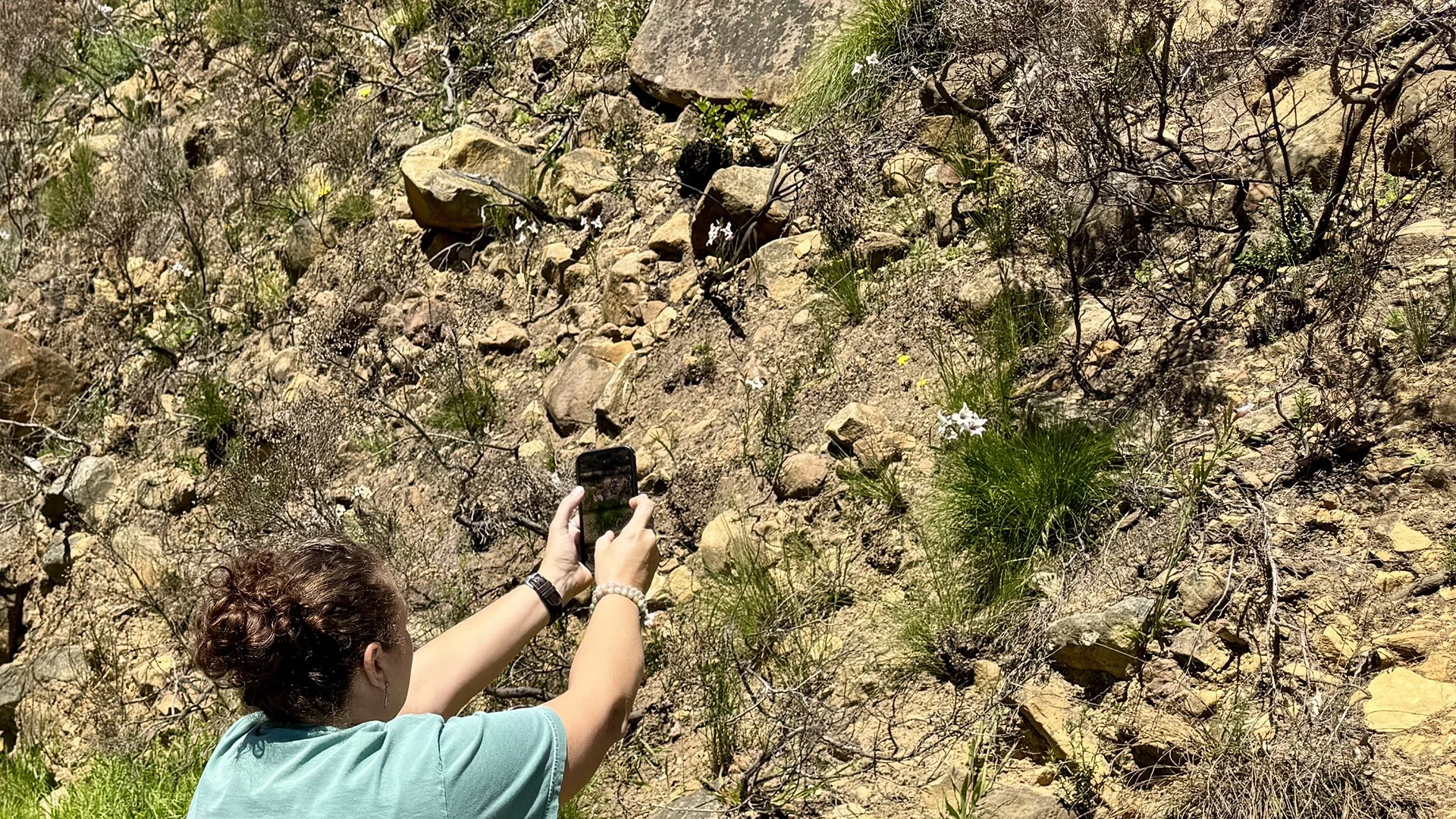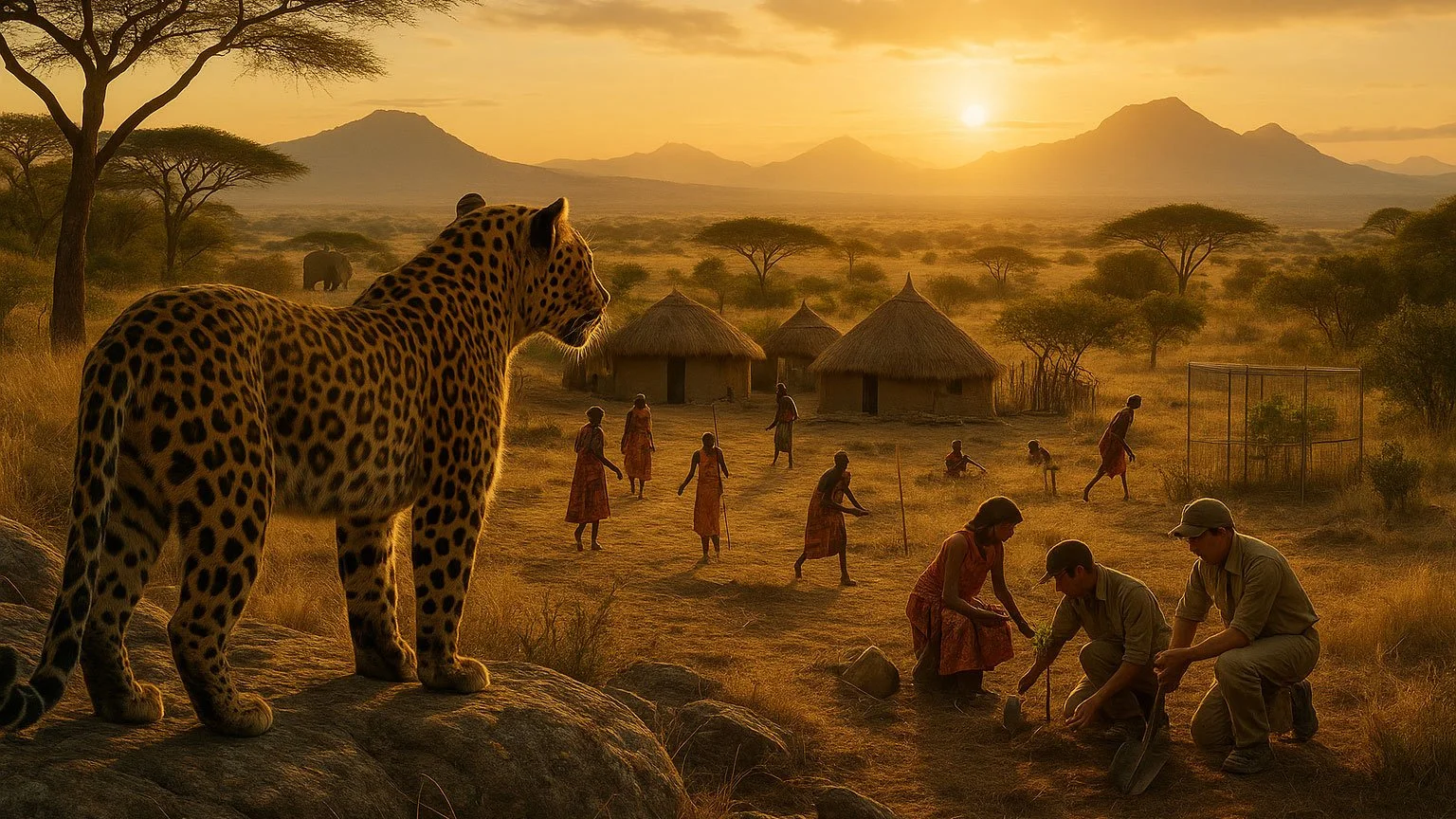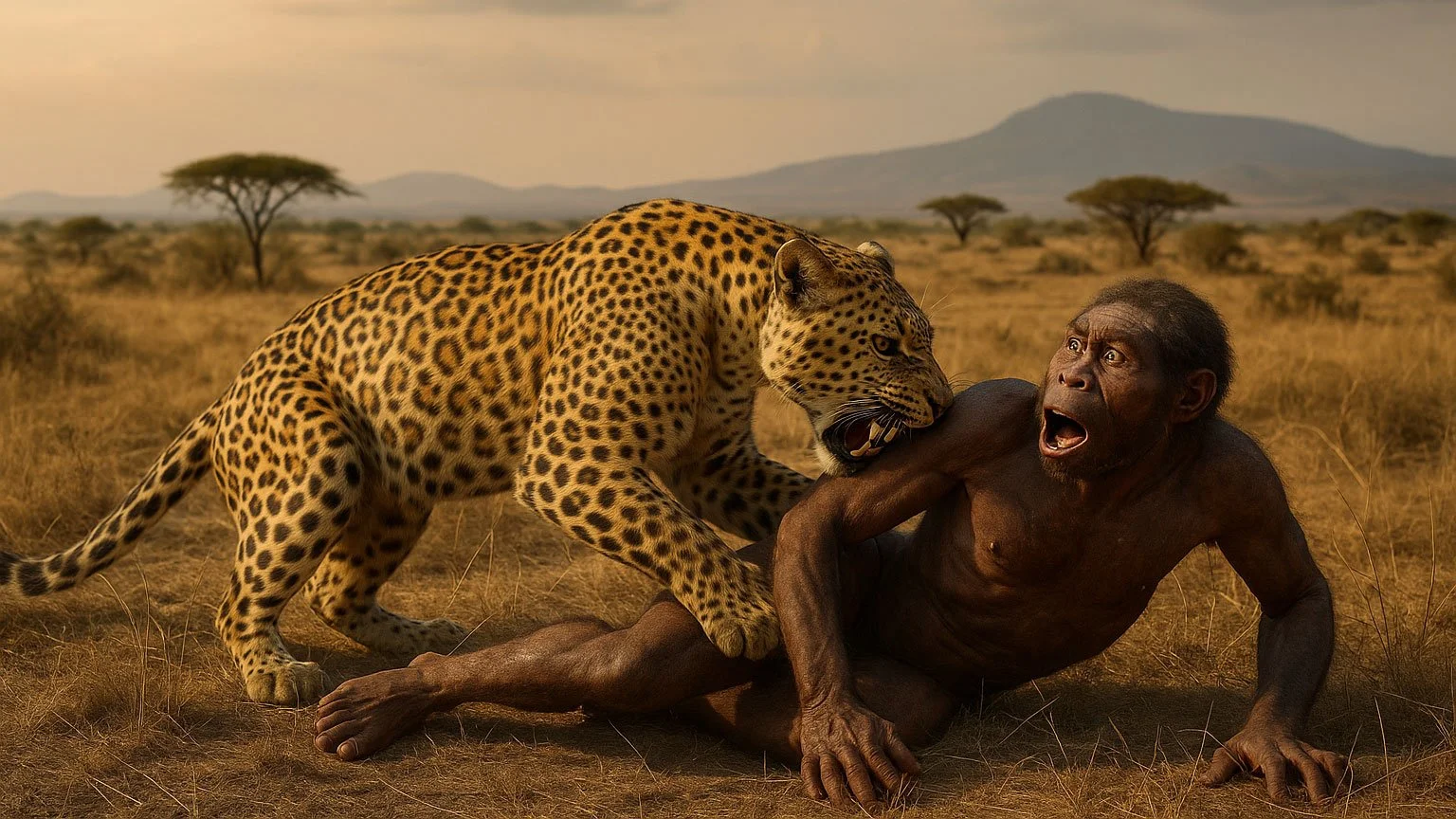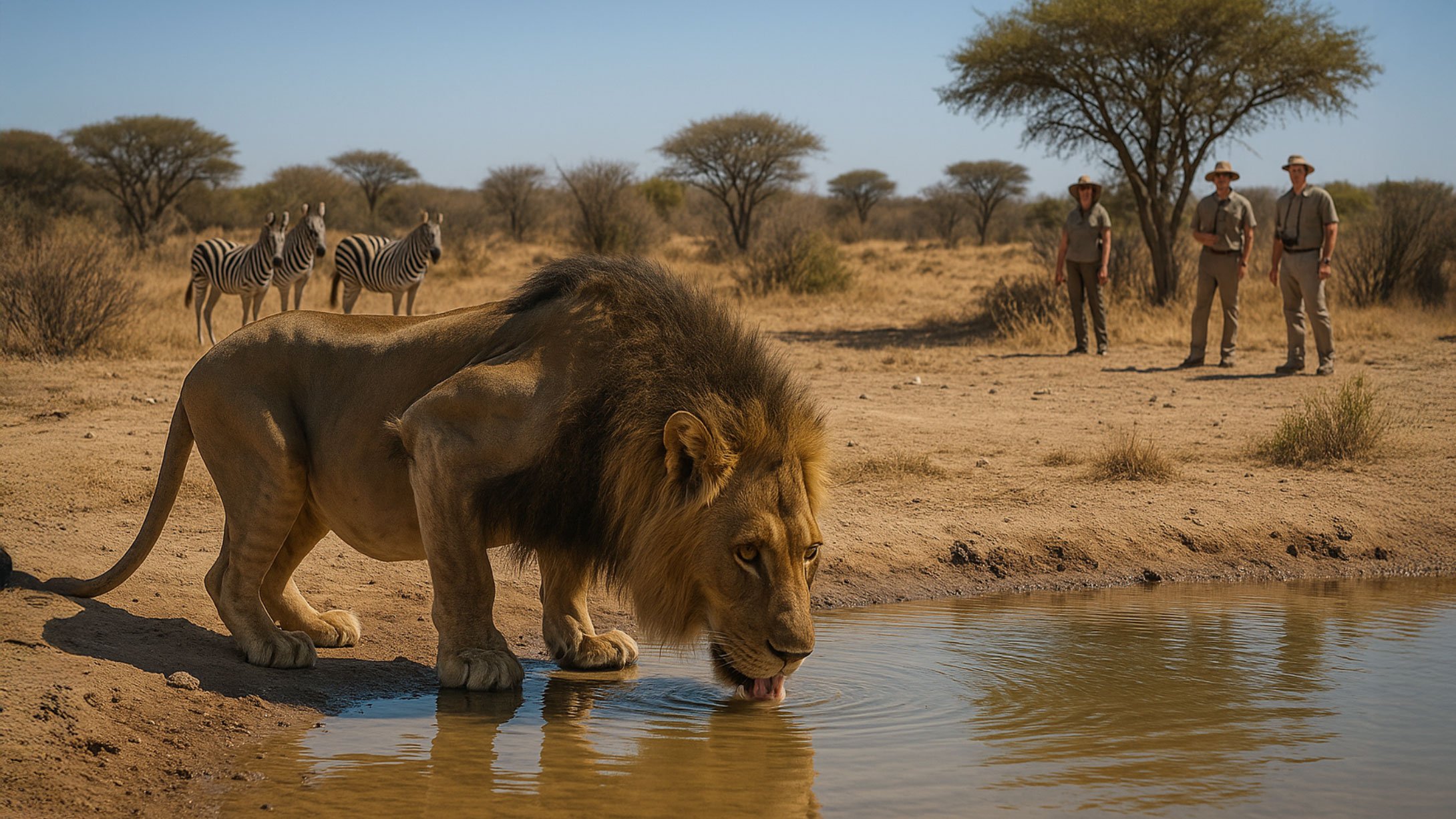Footprints of Hope
Big Cat Rescuers Trace Leopard’s Secret Path to Historic West Coast Comeback
Picture this: after more than a century and a half, a wild leopard’s shadow once again graces the golden grasses of the West Coast National Park—a living ghost reborn in a landscape that had all but forgotten it.
A Return Wrapped in Hope
This isn't just another wildlife story—it's a powerful reminder that, given time and dedicated stewardship, nature is more resilient than we imagine. For the first time in 170 years, a leopard has been photographed roaming the West Coast National Park, South Africa. Once hunted to local extinction and absent since the mid-1800s, this big cat’s triumphant return is a victory that echoes far beyond the Cape’s rugged dunes.
This sighting was confirmed by a remote camera trap—a culmination of years of hard work by The Landmark Leopard and Predator Project, SANParks, university researchers, municipal leaders, and private landowners working together to heal what was broken. Over decades, these conservationists have restored ecological corridors and reconnected fragmented habitats, making it possible for the wild to reclaim its ground.
A Closer Connection: Big Cat Rescuers on the Trail
On September 26, 2025, a team of devoted Big Cat Rescuers—Jamie Veronica Murdock, Victor Alonso, and Carole Baskin—had an experience that now seems destined as part of this unfolding story. While hiking up Table Mountain in Cape Town, the trio stumbled upon what appeared to be fresh leopard tracks. At first, they questioned whether their eyes were deceiving them; after all, Table Mountain had not been known as a leopard stronghold for many years. The discovery was profound—just an hour’s drive away from the West Coast National Park, where a leopard would soon be photographed for the first time in 170 years.
Their trail-side encounter underscores the incredible adaptability and reach of leopards, even in landscapes thought lost to these elusive cats. It reminds us that wild cats follow the paths less traveled—often hidden from view, but always on the move reclaiming their wild heritage.
Wild Heartbeats Close to Home
The connection between that day on Table Mountain and the West Coast leopard sighting speaks to the bigger mosaic of conservation wins rippling across South Africa. Every footprint is proof that hope grows wherever people choose to protect vital habitats and honor the natural world. As stewards of wild cats, we must celebrate these moments and unite our community in vigilant advocacy—because our actions today bring wild heartbeats closer to home, for every tomorrow.
Why This Matters
Leopards are elusive ambassadors of biodiversity, and their presence signals a healthy, functioning ecosystem. Their return is more than just a thrill for wildlife lovers—it testifies to the power of collective action, progressive laws, and local guardians willing to coexist with predators. It’s beacon for wild cat conservation everywhere and a spotlight for rewilding as a tool in safeguarding our planet’s most threatened species.
A Global Call to Protect Wild Cats
At Big Cat Rescue, we know that every wild cat—no matter how rarely seen—plays a vital role in protecting the balance of our planet. The comeback of the leopard on Africa’s West Coast is a call to action: if we can restore hope here, we can restore hope everywhere. Every effort to preserve forests, fight poaching, and build understanding with local communities gets us closer to a tomorrow where wild cats thrive again.
We are all ultimately ONE—connected by the threads of life that bind our beautiful planet. Our future is tied to theirs. To protect wild cats is to protect ourselves and the living world that gives us all sustenance and wonder. Share this story. Nurture that hope. Take action—because every roar, every shadow, and every paw print matters.
Let’s continue to watch for the tracks, listen for the stories, and stand together for the future of all wild cats on our planet.
























